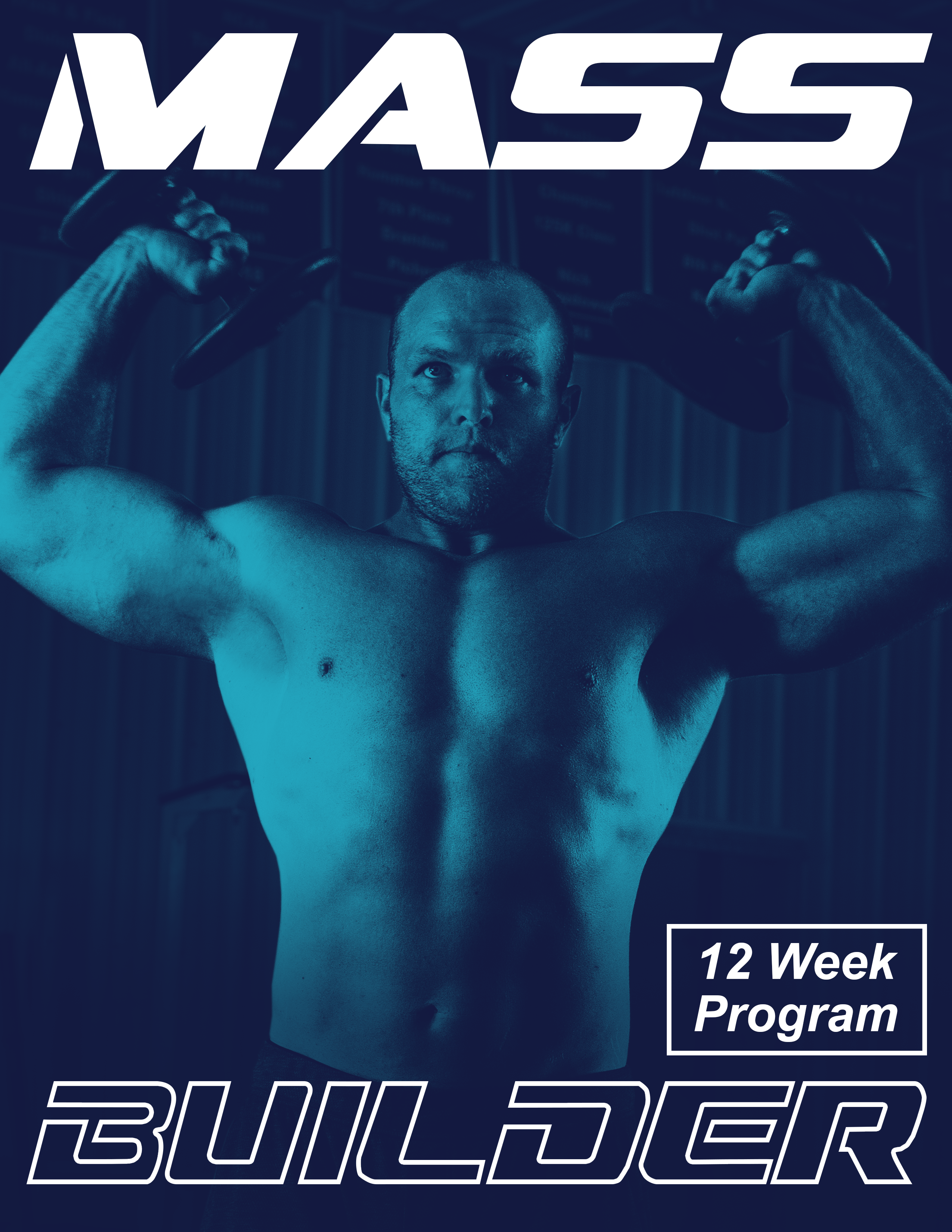Double Bounce Squat


5 Keys Every Successful Strength Program Must Have
Sign up with your email to receive this FREE PDF along with more information about how to become a better strength coach!
You have been looking for one big lift to blow up your quads and improve your squat technique. Your lifts have been stagnant and you know there are certain protective mechanisms that you can use to greatly improve your overall performance. Where can you start? How can you bust through your plateaus? What specific movement will shock your system to gain strength and improve mobility?
Simple Comprehension
Understanding the physiology behind the movement is key for creating a spark in overall training. When analyzing a back squat, it is important to understand two principles, PNF (proprioceptive neuromuscular facilitation) and SSC (stretch-shortening cycle).
1. PNF (proprioceptive neuromuscular facilitation) – stretching technique used commonly to enhance a passive and active range of motion. The mechanism behind PNF: autogenic inhibition reflex, this is a sudden relaxation of muscle upon the development of high tension, self-induced feedback lengthening reaction that protects against muscle tears, Golgi tendon organs (GTO) are the receptors for this reflex.
2. SSC: The stretch-shortening cycle refers to the muscle action when active muscle lengthening is immediately followed by active muscle shortening.
Both of these mechanisms are used to a point to communicate with the Golgi tendon organ during a double bounce back squat.

What the HELL is a Double Bounce Squat?
As a lifter moves through the eccentric portion of a squat, they have an upright torso with tension through the trunk. They work through the eccentric movement and then enter into the coupling or turnaround phase of the movement.

As they come out of the bottom of the squat they utilize a slight bounce, work up concentrically about 6 inches and then enter back into the bottom of the lift with another bounce and then exit the bottom position for a full range of concentric motion.
What are the Benefits?
This movement can lead to INCREDIBLE gains in strength and mobility. It improves hip mobility and proprioception out of the bottom and lengthens the quads even further which stimulates tremendous high threshold motor unit recruitment. That’s why we use this exercise within the Mass Builder programming!
This improved mobility and trunk stability transfers well to normal back squats and also enhances movement in other areas of strength! When an athlete hits the bottom and bounces a second time, it is a type of PNF mixed with a stretch-shortening cycle. This stimulates the Golgi tendon organ to signal the spine to recruit more motor units which then aids in recovery from the bottom. This neurological imprint is longer lasting within the nervous system, enabling the athlete to handle a heavier load in a deeper position.
Transfer to Sport
The greatest transfer to sports performance is based around Olympic weightlifting. By simply watching various weightlifting competitions, a layperson will notice that weightlifters consistently catch cleans and bounce 1-2 times before standing up with the clean. This is because the clean may be out of position and they need to bounce it into better position for optimal recruitment.
This improves the strength of the trunk and quads which will also carry over extremely well to the dip of the jerk. This is an aspect that is consistently overlooked and almost NEVER trained leading into peak performance.
Implementation
As with any type of exercise, it’s important to vary the usage of Double Bounce’s. It can be used with back squats, front squats and even used in conjunction with a pause back squat. The coordination gained is incredibly impressive and the development of strength is off the charts but be sure not to overuse the movement, programming it for 4-8 weeks and then taking off from double bounces for 4-8 weeks. This is a method that can dramatically enhance positioning in the bottom of the squat due to massive improvements in mobility.
Recap
Use the double bounce back squat with a strong control of the eccentric portion of the lift. This lift is excellent when heading into a peaking program and can blow up the strength of the legs and TRUNK. The strength will carry over to big gains on the platform as well!

5 Keys Every Successful Strength Program Must Have
Sign up with your email to receive this FREE PDF along with more information about how to become a better strength coach!

Dane Miller
Dane Miller is the owner and founder of Garage Strength Sports Performance. He works with a select handful of elite athletes building comprehensive programs for strength and sports performance. Several times a year he leads a seminar for coaches, trainers, and athletes.
Join The Community
Thank you for reading, watching, commenting, sharing, and spreading all of our information around the web. Want more information like this? Become a part of the journey on Twitter, Facebook, Instagram and YouTube!



Say Goodbye To Panic Attack With These Tips
Did you know that people with higher than normal intelligence are prone to panic attacks? If you experience these attacks, hopefully this knowledge along with the other helpful tips in this article will assist you with finding peace of mind in trying to deal with your situation.
https://www.acheterviagrafr24.com/